
Currently, green criteria are not clear, so in your opinion, what needs to change to have a more effective mechanism to attract green investment?
- Vietnam is lacking many policies to support green investment, especially investment from international financial institutions. Currently, this capital source is "standing at the border" and is eager to pour into Vietnam. However, Vietnam is lacking the concept of green classification. If it is slow, this international capital flow will be transferred to neighboring countries such as Thailand, Singapore, Indonesia...
The Vietnamese economy is characterized by many small and medium-sized enterprises (SMEs). SMEs are at a disadvantage in terms of market competition and market share, but have great opportunities in green transformation due to the less cumbersome environment. This is an opportunity for SMEs to transform to more sustainable business opportunities. Most businesses are moving towards sustainable business, helping the surplus value in products to be more competitive in the market.
How does the application of global carbon tax affect Vietnamese businesses, sir?
- The concept of carbon tax is not yet available in Vietnam, but we already have other carbon pricing tools such as carbon credits. According to the roadmap to 2025, Vietnam will have a carbon credit and emission quota trading market. The trading floor will officially operate in 2028. This is an opportunity for Vietnamese businesses because the green transition, creating carbon credits, helps create the main investment assets for the business transformation.
Financial resources from carbon credits and emission quotas not only help businesses have capital to reinvest in their businesses and indirectly reduce trade barriers according to EU regulations. The EU's Carbon Border Adjustment Mechanism (CBAM) officially applies from October 1, 2023 and will be piloted for 3 years for businesses exporting goods to the EU to get acquainted. During this period, goods exported to the EU must submit emission reports. After the transition period, CBAM will officially take effect from January 1, 2026 and be fully operational in 2034. Businesses that have made a green transition will not be subject to this carbon tax. For businesses that have not made a green transition and do not have carbon credits, they will have to buy CBAM credits.
It is expected that by 2026, the price of 1 CBAM credit can reach from 86 - 200 USD/ton of CO2. Green transformation and the formation of a carbon market will help businesses that have not yet converted have a basis to avoid being taxed in the EU or have more money to reinvest in production activities to be greener and more sustainable.
Sir, what is the biggest bottleneck in developing the carbon credit market in Vietnam today?
- Mechanisms, laws and regulations are already in place. However, the bottleneck to building a carbon credit market lies in some technical requirements. Firstly, before creating carbon credits, businesses need to be clear about their emission quotas. The Ministry of Natural Resources and Environment currently does not have the current emission status of businesses, so allocating greenhouse gas emission quotas to businesses is difficult.
Enterprises are confused in distinguishing between the emission reduction corresponding to the carbon credits that create it, which is a national obligation or a carbon credit that the enterprise owns. Enterprises struggle with the problem of creating carbon credits first or waiting for the State's quota allocation first. Only then can enterprises determine which is an obligation and which is a right.
In the coming time, the management agency needs to have clearer policies, even before the official market, temporarily consider that what businesses reduce emissions to create carbon credits, then allow businesses to buy and sell.
Thank you!
Source







![[Photo] General Secretary To Lam attends the 80th anniversary of Vietnam's diplomacy](https://vstatic.vietnam.vn/vietnam/resource/IMAGE/2025/8/25/3dc715efdbf74937b6fe8072bac5cb30)
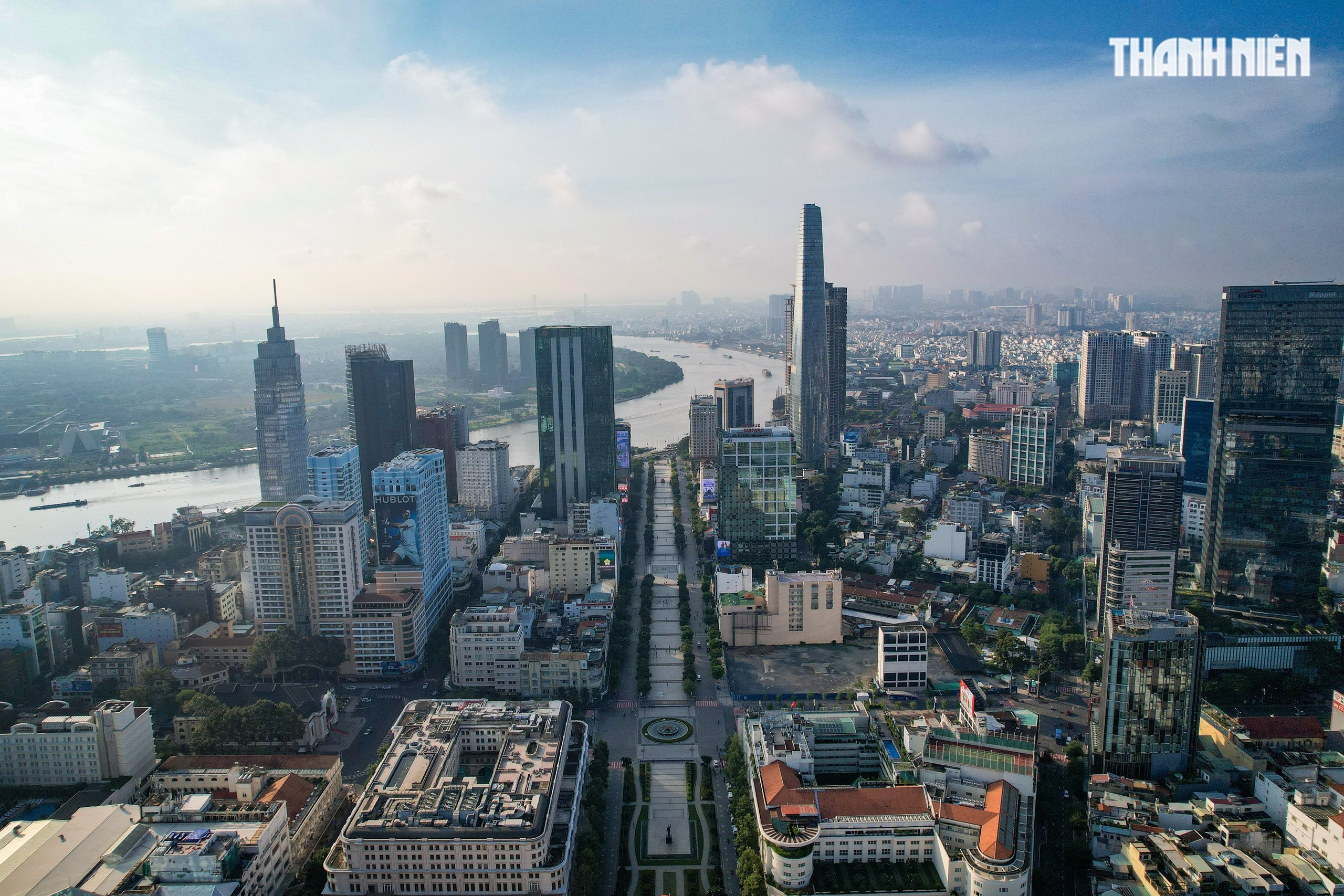






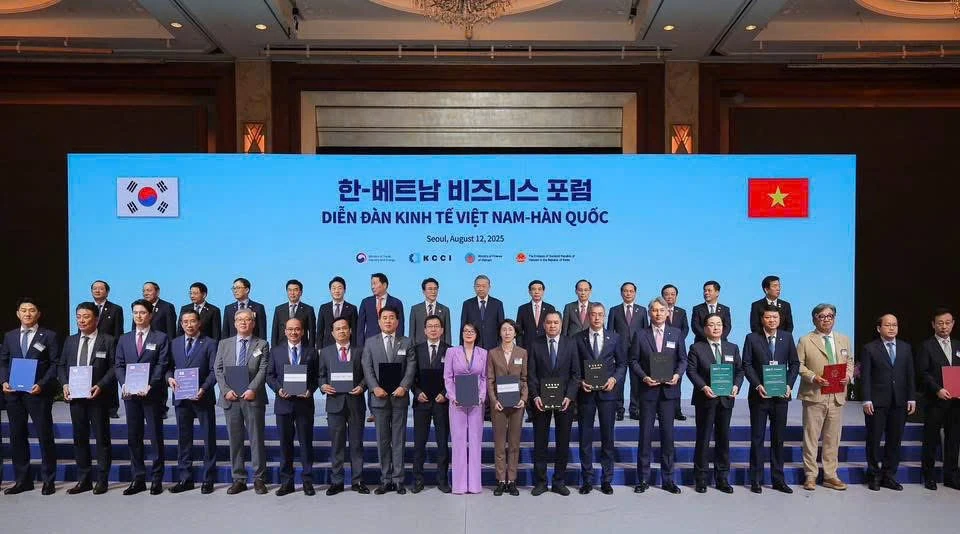



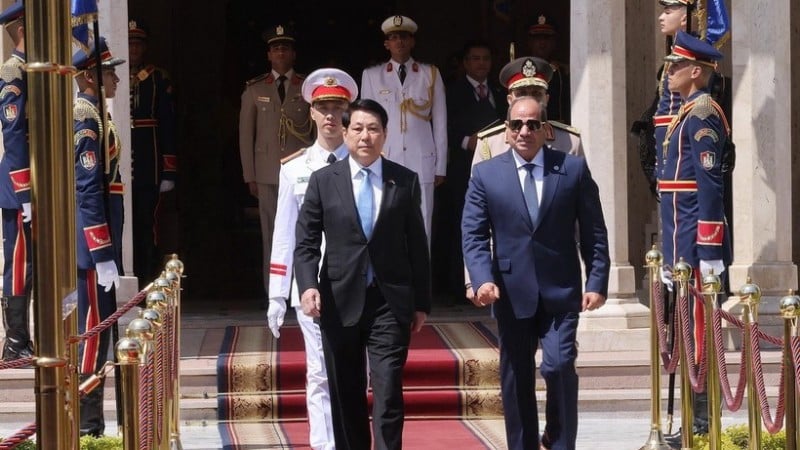


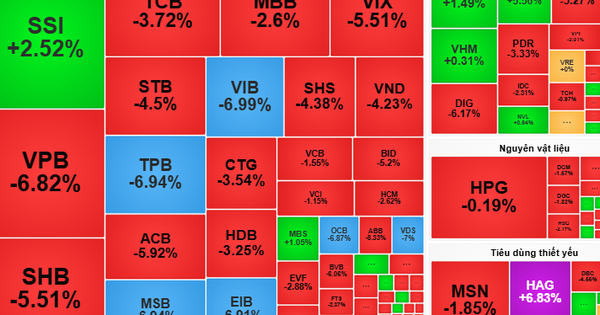
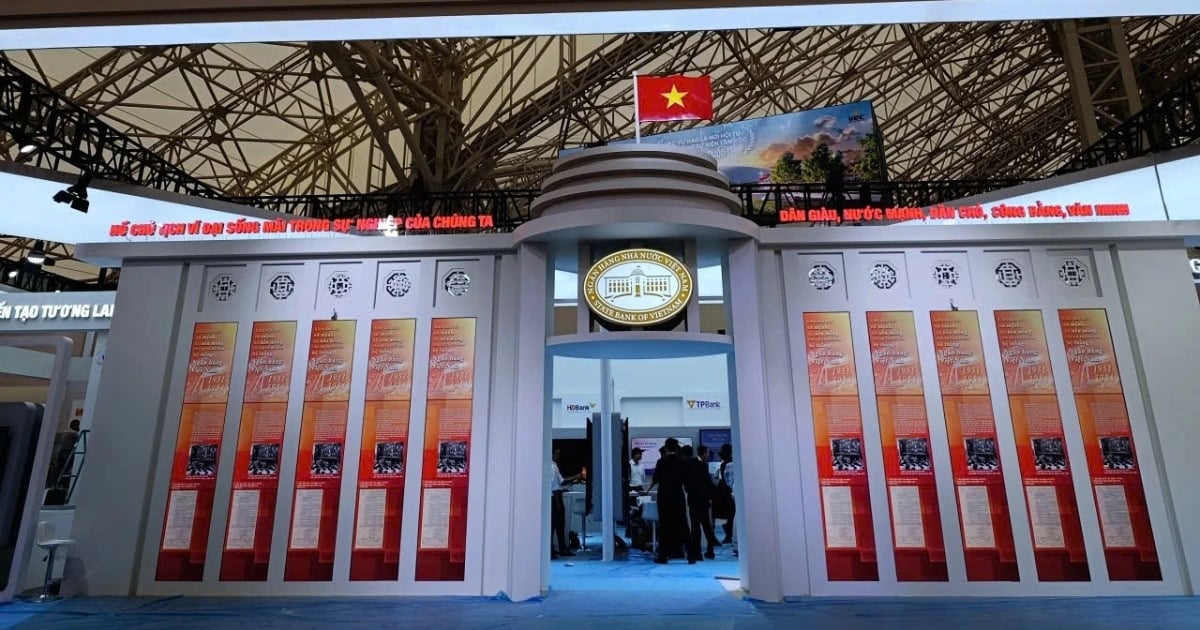
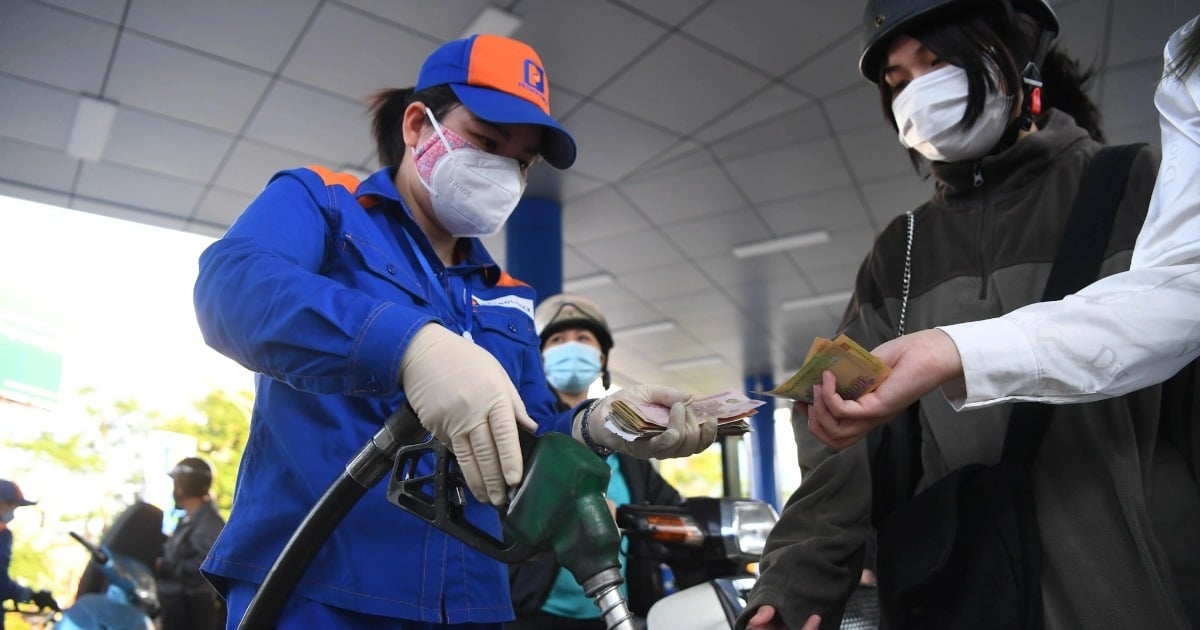
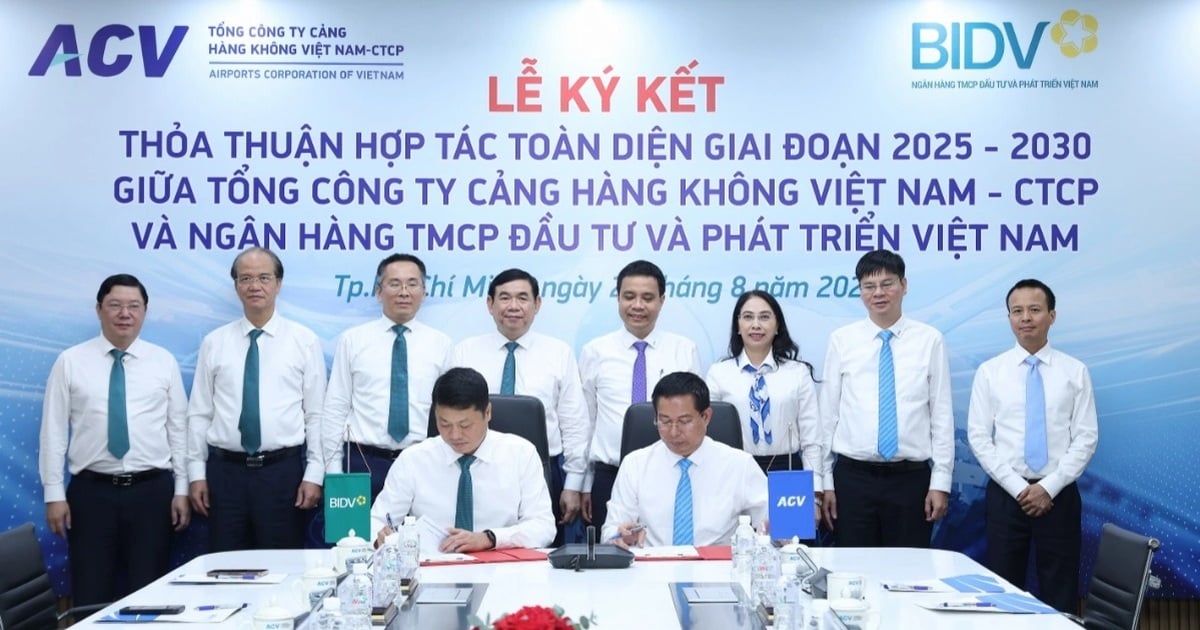






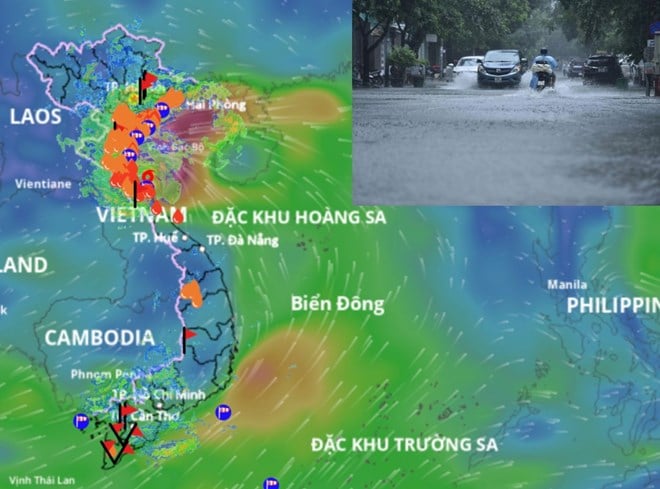
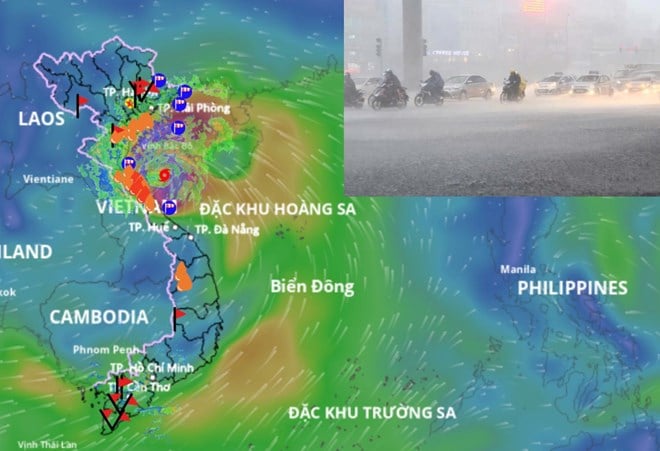






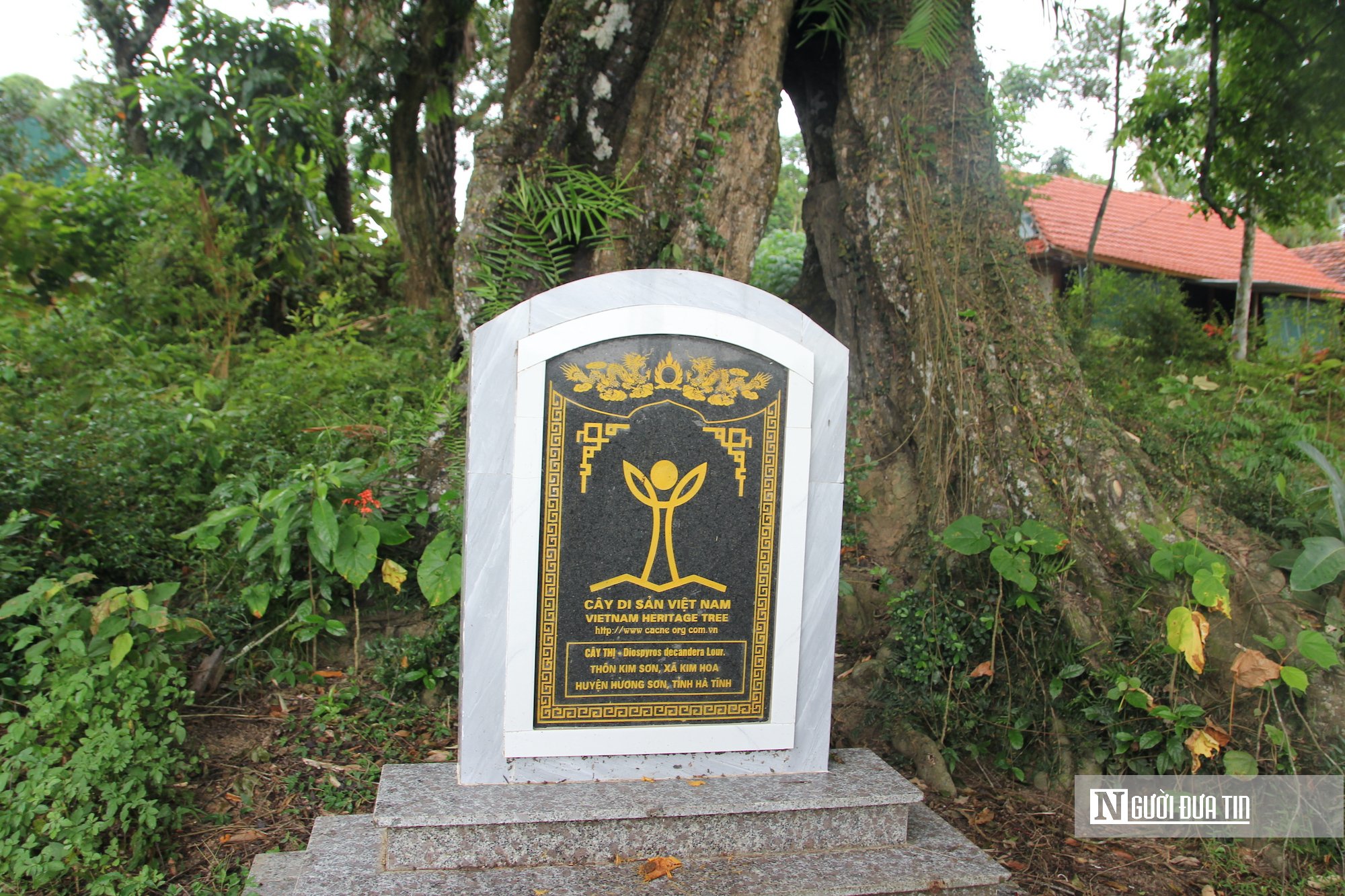



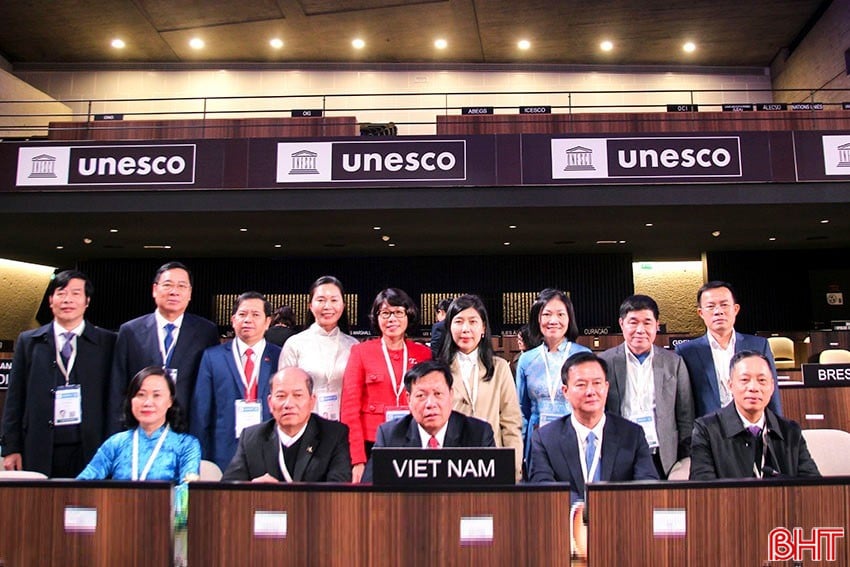

















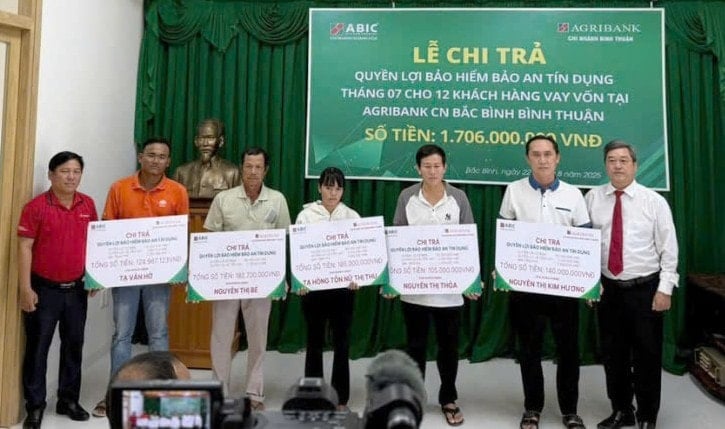









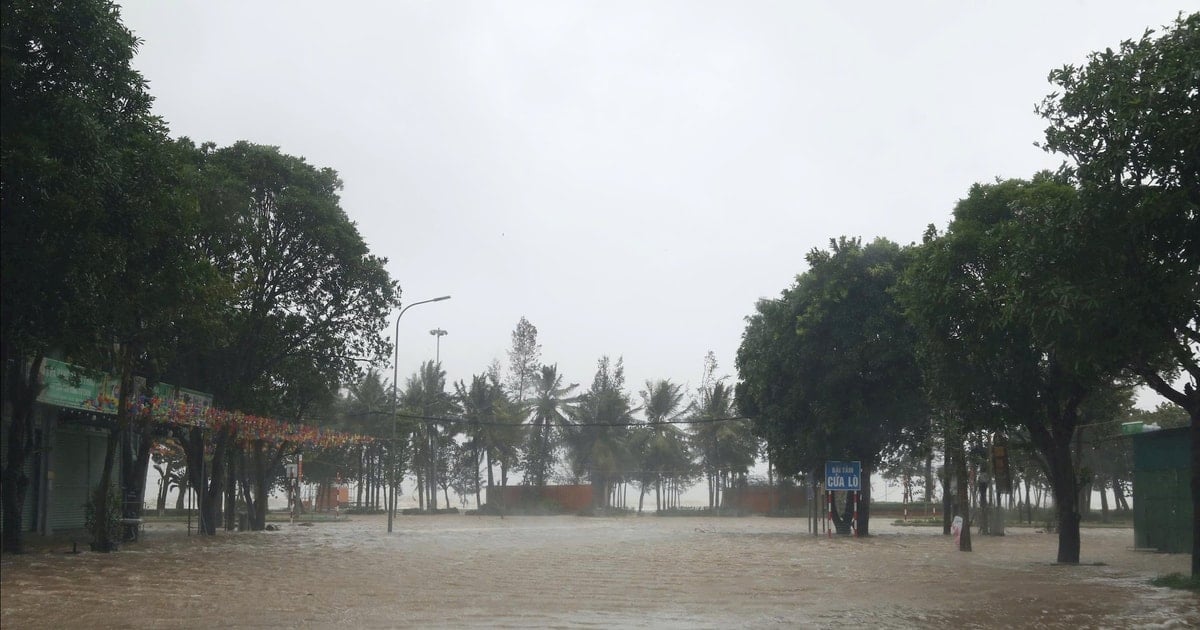













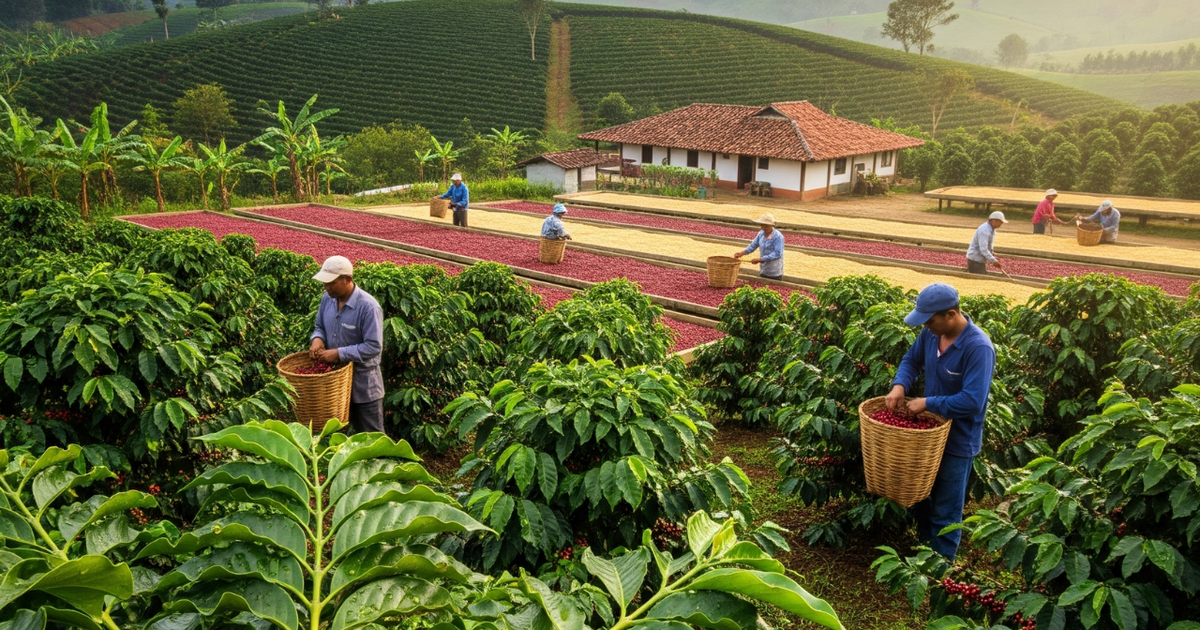

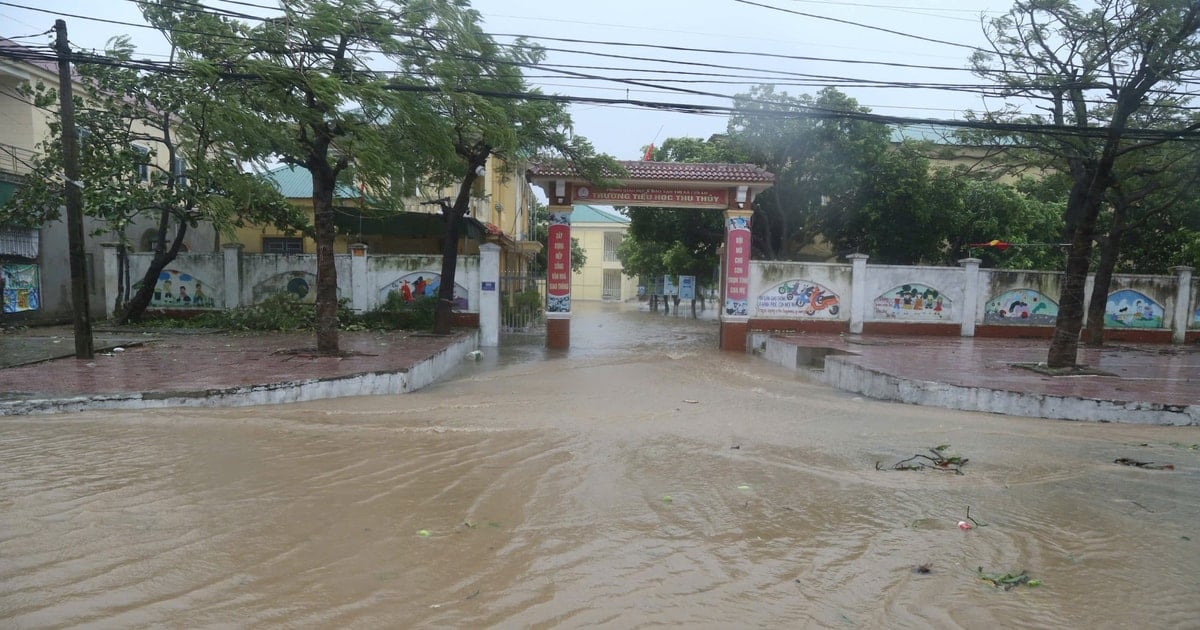

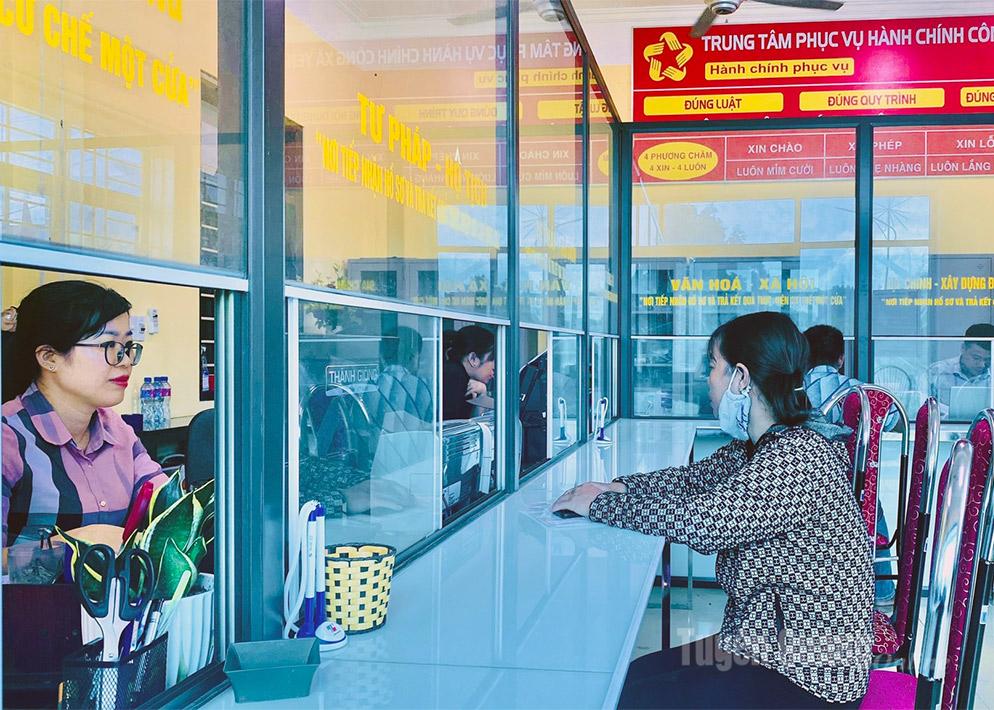
















Comment (0)